From imaging devices to surgical instruments to automated immunity, the power of 21st-century medical technology is impressive, thanks in large part to the power of microprocessors.For cooling engineers, however, these advances have come at a cost.The greater the power of the device, the greater the heat it generates and, in general, the smaller the space it has to dissipate.With the increasing demand for accuracy and reliability of medical equipment, heat dissipation control becomes more and more important.
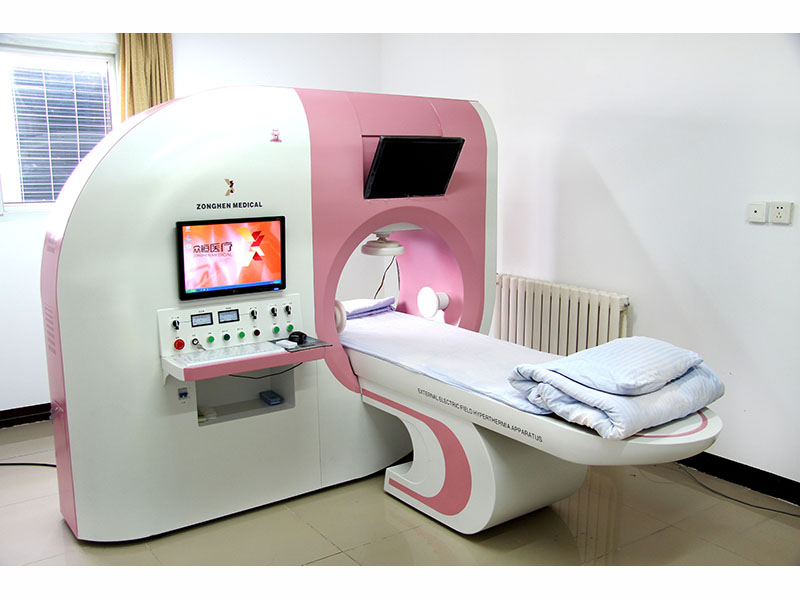
Another challenge stems from the fact that medical devices have special requirements because they involve high risks.For example, given the closeness of some materials to the body, some common materials in thermal solutions (copper, for example) cannot be used in many medical applications.Some medical applications may compress the space used for cooling solutions to the point where they almost disappear due to the need for precision -- some surgical instruments require heat loss management to avoid damage to human tissues, but they only provide designers with a 0.5mm position to deploy heat transfer technology.
Another area that calls for the use of subminiature thermal conductivity management schemes is the design of human implantable devices, which require both small sizes and precise temperature coefficients (?T °), in order to protect the human organs.Finally, the temperature quickly do periodic change (the range of temperature fluctuation in milliseconds up to 50 ℃) is that many laboratory equipment (such as DNA splicing) common characteristics.
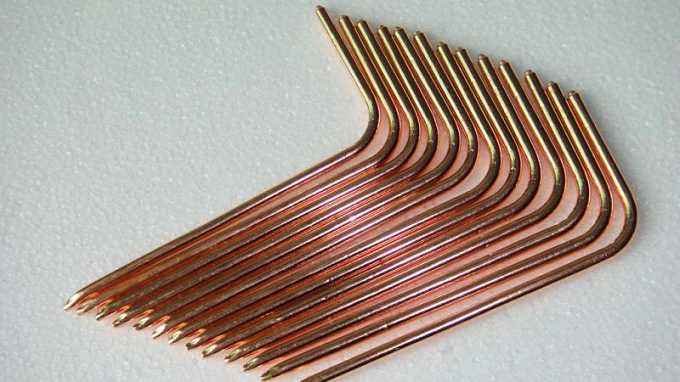
All these factors related to accuracy, reliability, size limitation and strict material selection make the design of medical cooling engineering a difficult task for designers.Heat transfer engineers have to choose between efficiency and size versus cost, and increasingly between cooling versus low noise (which means that although fans have a high volume of air flow to give them the best cooling performance, there are applications where fans cannot be used).
Thermal engineers have increasingly turned to passive heat transfer devices, such as heat-pipe, to meet these challenges.Because the working liquid in the heat pipe has two forms of liquid and water vapor, the heat-pipe is a two-phase cooling device.The transfer of heat from working fluid to water vapor is accomplished.The working fluid in the heat-conducting tube is sent back to the evaporating zone in a continuous cycle through evaporation, transfer (heat), condensation and the condensed working fluid.There will be no transmission component failure in this process - this is a central consideration in applications where reliability is extremely important for accurate results or patient rehabilitation.The design of the passive heat transfer assembly is simple and straightforward, generally involving a vacuum sealed tube filled with working fluid that is relatively easy to miniaturize.Improved capillarity technology helps to ensure that the cooled and condensed working fluid resizes gravity and is effectively and reliably returned to the heat input section of the heat pipe.This allows the tube to operate in different orientations.With more design freedom, designers can even use flexible heat pipe.

Another common cooling scheme is the heat sink.Fins may work in forced or natural convection mode.But again, either approach means trade-offs.Increasing the flow of air used for cooling means that the number of fins can be reduced or the area of fins reduced.But the bigger the flow, the louder the noise.If the fan produces less air flow, the fan is quieter and can be smaller, but that means the fins must have more or bigger fins.Therefore, it is not easy to make cooling components smaller and quieter in the same equipment.
In a heat-conducting tube heat exchanger, heat is transferred through the heat-conducting tube to the heat dissipating fins and is then emitted into the surrounding air.
In a heat-conducting tube heat exchanger, heat is transferred through the heat-conducting tube to the heat dissipating fins and is then emitted into the surrounding air.
But it can be done.The way to reduce both size and noise is to make the heat sink blades more isothermal.The heat sink cooled by a single thermoelectric cooler (TEC) can be redesigned, and multiple TEC can be used to evenly transfer heat through the surface of the heat sink, instead of relying purely on heat conduction.However, such solutions add to the complexity and cost of electronic devices in addition to the need for maintenance.
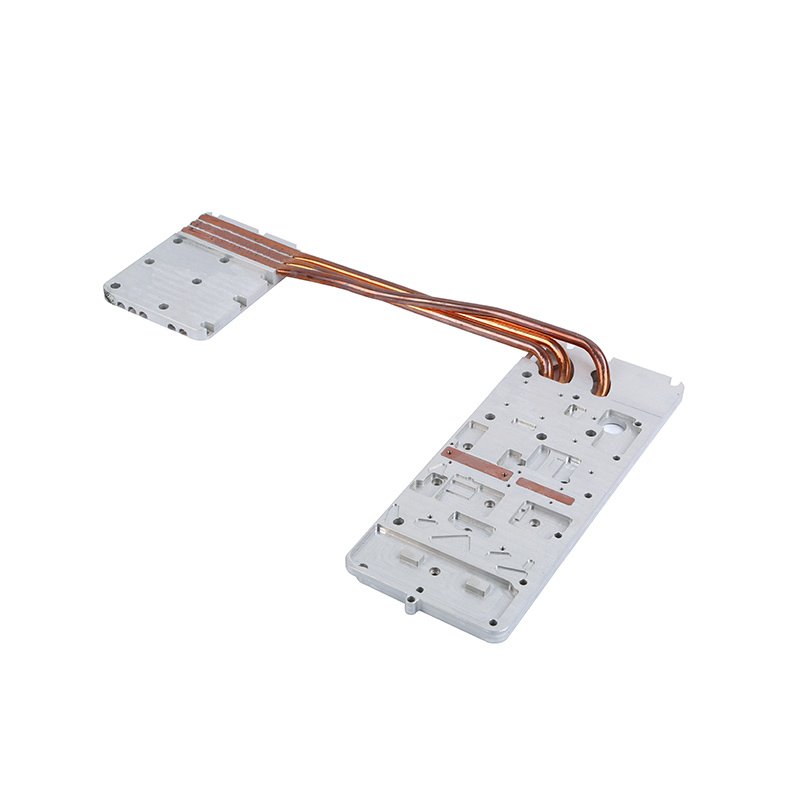
The rack type heat pipe assembly can provide perfect thermal stability and little maintenance work.
A simpler approach is to combine a heat sink with an embedded steam chamber (essentially, a heat pipe that is flattened into a flat heat pipe), or to use a heat sink with a heat pipe integrated on its surface, using passive heat sink technology.Both schemes allow rapid and uniform heat transfer by vaporizing the working fluid in an embedded heat-pipe or a steam chamber.Water vapor carries heat evenly through the entire substrate surface of the heat sink and through the heat sink fin to avoid hot spots.Because the fins are isothermal, the air flowing through them takes the most heat away.
Overall, the shift in medical devices toward passive cooling devices (e.g., heat pipes, fins, and steam Chambers) reflects the evolution toward smaller, more powerful, and more miniaturized electronics.While more traditional cooling solutions (refrigeration, TEC, liquid cooling panels, etc.) are still the most appropriate options for some medical devices, designers are finding that passive cooling will become more attractive as the technology evolves.
Advances in material structures have also made passive cooling solutions more attractive to medical device designers.For example, with the advent of pyrolytic graphite (APG), it is possible to develop cooling components that are smaller, lighter and more efficient than conventional aluminum or copper heat sinks.
As products move toward miniaturization and smaller electronic shells, materials with higher thermal conductivity can help designers.The effective thermal conductivity of APG is 1000 W/m?K, that's 5 times solid aluminum, 2.5 times solid copper.APG can also be encapsulated for applications such as surgical instruments.In such applications, it is important to avoid contact between APG and human tissue for reasons of tissue damage, scarring, or infection.
The development of materials such as APG helps explain why medical device designers are more likely to choose passive thermal control systems.These systems not only provide a wider range of options, but in many cases offer better options for heat management solutions.Compared to traditional liquid cooling solutions, passive cooling systems are more reliable (fewer transfer units mean less risk of failure), require less maintenance work, are more flexible in design, operate more quietly, and in many cases manage costs more easily.Examples of passive heat management concepts integrated in some important medical device applications are presented below.
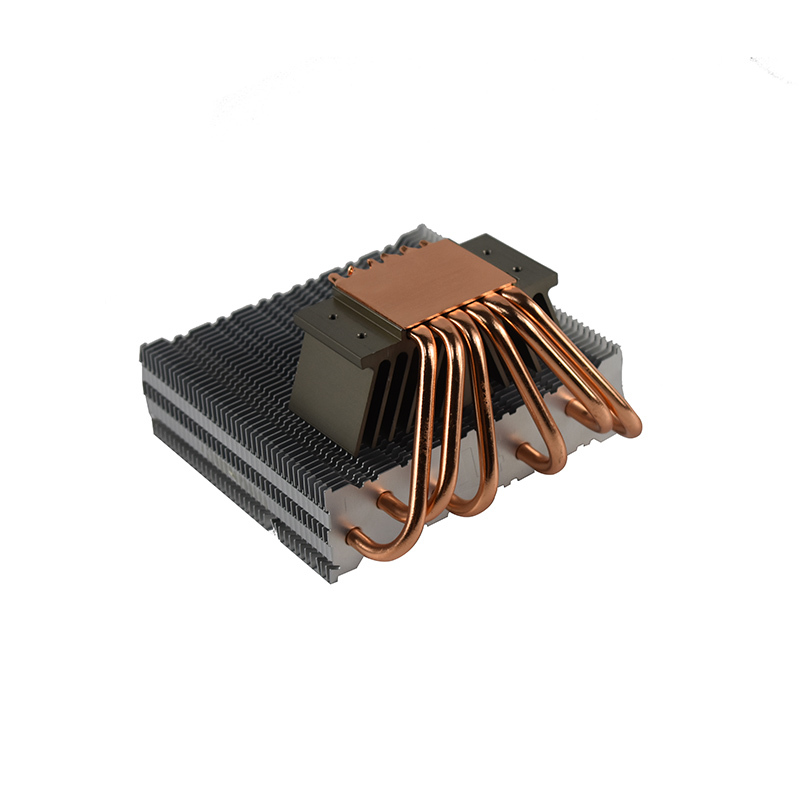
Because the performance of electronics declines rapidly after reaching critical temperatures, shell cooling is critical for technologies that use more electronic components, such as magnetic resonance imaging (MRI), computed tomography (CT), ultrasound and X-ray (X-ray).Small fluctuations in temperature can affect calibration and results, resulting in costly downtime and maintenance.The FDA has played an important role in driving the repeatability and reproducibility of test results for medical devices, including scanners, biotechnology equipment and laboratory microassays, toward near-perfection (95%).To ensure its accuracy, a single diagnostic imaging machine (21 CFR 900.12) is required to perform 31 separate tests, many of which are subject to cooling.The competitive market for diagnostic medical devices makes strict cooling control a more important factor in the design of electronic products.
Designers are often in a narrow range of temperature change (Δ T), general equipment chassis internal and external environment temperature is 10 ℃.Multiple heat sources (such as equipment power supplies and other discrete electronic components) can produce a total output of 1200 watts or more, of which 400 watts are waste heat to be discharged.Silencing becomes more complicated when the fan size and wind speed are limited.
These problems can often be solved to the greatest extent through heat pipe heat exchanger.In a heat pipe exchanger, heat is transferred through the heat pipe from the inside of the equipment to the outside of the equipment, and then discharged into the surrounding air through a finned heat sink.The larger the fin area of the heat exchanger and the higher the efficiency of the tube, the smaller and quieter the fan is allowed to be used and the stringent cooling requirements in the regulatory and clinical environment are met.In some cases, heat pipe technology can also be used on the heat pipe itself, using the laws of thermodynamics rather than electronic devices or fans to transfer heat.
Similar heat pipe technology is used to cool the display in important nursing monitoring equipment.As shown in the figure, a rack type heat pipe assembly can provide perfect thermal stability with minimal technical maintenance effort.Without the use of transfer components, this allows the tube to operate for millions of hours, making failure in critical care operations virtually impossible.
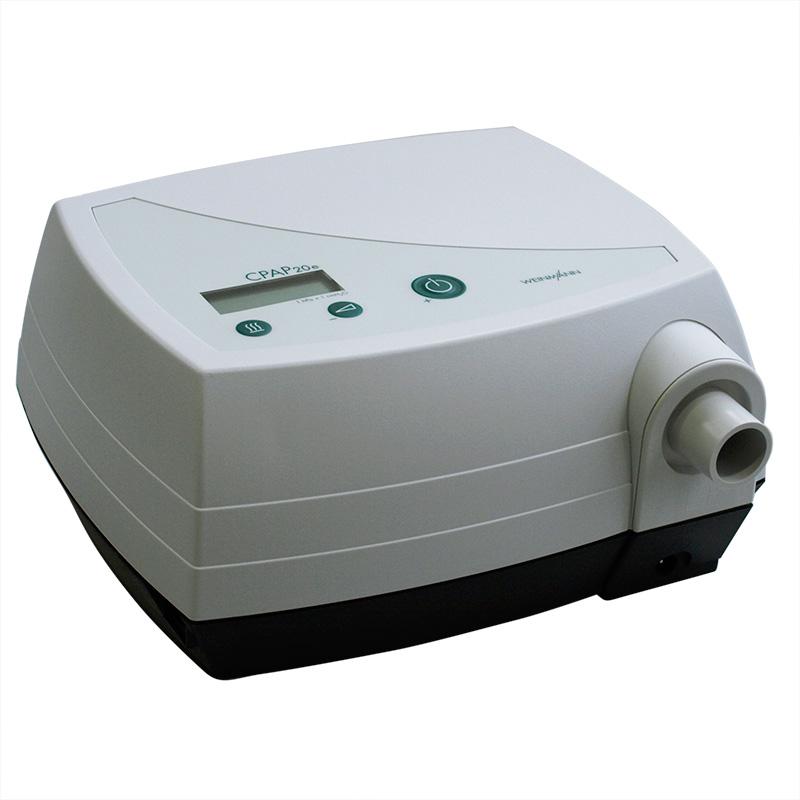
Some of the most challenging accuracy and repeatability requirements relate to automated serum and urine screening tests.These devices use lasers and advanced optical systems to ensure overall calibration and measurement consistency for thousands of samples.These systems must be protected from heat generated by mechanical systems (e.g. conveyors for moving samples and reagents) and other electronic products and power supplies.
The previous thermal management scheme used for automatic testing used TEC, and the heat emitted from both sides of the sample calibration area is usually inconsistent.However, the passive heat transfer scheme relies on a copper heat accumulator to transfer heat through the heat pipe to the fins.Extremely fine machining of heat-pipe grooves or steam Chambers is necessary because the roughness of the surface may reduce the efficiency of the heat exchanger.Precision machining minimizes surface roughness (up to the micron scale) to ensure maximum contact between the various surfaces of the heat exchanger.By reducing the contact thermal resistance, it is helpful to achieve the same level of cooling control as thermoelectric equipment.At the same time, the passive system also solves the problem of consistency and isothermal performance.
Some automatic testing equipment provides an ideal base for the heat-conducting tube assembly, which is one of the two different methods most commonly used.In the first scenario, the heat pipe conducts heat to a metal housing or other heat sink and then dissipates the heat to ambient air outside the equipment housing.This is the simplest solution and has the advantage of flexibility because heat pipes of various shapes and sizes can be produced to meet the different requirements of each device
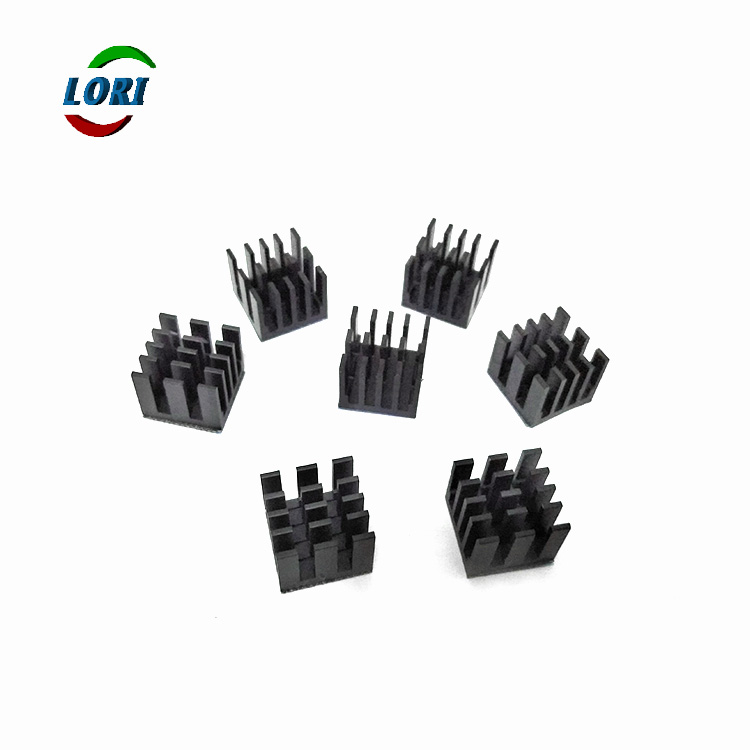
The passive heat transfer scheme relies on a copper heat accumulator to transfer heat through a heat pipe to a fin.
In other applications, a second solution is used: heat sinks with embedded steam Chambers provide optimum isothermal cooling for more efficient cooling by using convection cooling.Compared with traditional heat sink, this scheme has stronger cooling capacity, because it does not have the same thermal resistance as the solid heat sink structure.The scheme can achieve lower equipment temperature and higher component reliability by three-dimensional heat transfer.It should be noted that this solution may require changing the geometry of the fin and changing the base of the electronic device.
Not all devices are suitable for the use of heat pipe components.Some large and powerful automated test equipment may require a central liquid cooling system that transfers heat from the inside of the electronic equipment cabinet through the cooling working fluid.This method can provide reliable cooling control, but may be costly and take up space.In addition, there is a potential for leakage from the central liquid cooling system, which requires maintenance to ensure optimal system performance.
No matter choose what kind of configuration, test equipment general requirements for extremely narrow Δ T cooling component of the special design of the window.Test designers and management regulations usually calculate the acceptable Δ T, then Δ T narrowed scope, to provide additional safety margin.Heat pipes and other passive devices can also be used to cool design components such as conveyors by dissipating heat into the outside air using a cooling solution that USES only a few or no transfer components.
Circulatory devices that facilitate polymerase chain reaction (PCR) technology have emerged and become a real force in biotechnology and research, but they also present a rather tricky problem in heat management.To ensure efficiency, the temperature of the equipment must not only be kept within the appropriate range, but must also cycle between hot and cold thousands of times per minute to provide the best conditions for the unfolding of the PCR reaction.
Passive cooling control system can make the equipment simple, flexible design, cost control, quiet operation.
In the past, PCR circulators have typically used up to six TEC for thermal control.However, complex and expensive electronic equipment and software are required to provide consistent cooling control for all TEC's.However, after the TEC has been in use for some time, inconsistencies and non-isothermal conditions may occur again due to the varying degrees of degradation of each TEC.
A process has recently been developed for PCR equipment manufacturers to connect TEC to the steam chamber via a graphite interface (a patented solution using 32 precision boreholes to attach the bottom of the steam chamber assembly to the thermoelectric controller), so that heat is uniformly distributed through a three-dimensional axis.The process provides instantaneous isotherms to match the constant fluctuations between the thermal and cold cycles, replacing the complex electronic algorithms with the laws of thermodynamics.
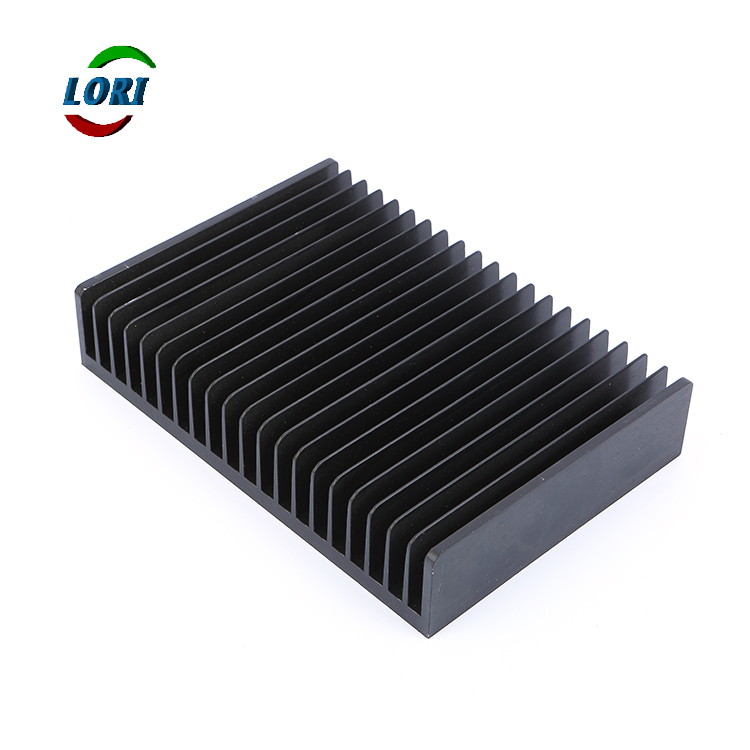
cooling by steam through small diameter heat-pipes is of great help to tweezers designed for use in areas such as brain surgery.The design includes precise temperature control to improve surgical efficiency.Manufacturers of surgical products by many experiments showed that when burning pliers temperature over 80 ° C, be clamped human tissue during surgery may stick on the burning tweezers.The patented cooling design for this situation USES active heat transfer to absorb heat from the tip (and body tissue) of the extremely fine surgical forceps (diameter 1 mm or less).The working liquid vaporizes by absorbing the heat produced in the burning process.The steam is then sent to the lowest temperature section of the tube, where it condenses, allowing it to dissipate heat more efficiently.The condensed working fluid is sent back to the forceps point through the capillary tube.Of course, the transfer process must be against the gravity of the working fluid gravity.
Micron-scale precision engineering makes it possible to use passive cooling technology in this application.The surgical cooling system USES the smallest volume heat pipe assembly (2.34mm in diameter) for precise thermal control of the 0.54mm tip of the forceps. In the development of medical devices, passive heat management is clearly a major factor in helping to ensure the accuracy and advanced functions of current medical devices and further develop these capabilities.Passive cooling management scheme has very valuable advantages in saving space, reducing weight and reducing maintenance cost.Passive heat management solutions have less impact on the environment than systems that rely on pump-fed fluids.Innovative cooling technologies are playing an important role in the future development of medical devices, as the increased functionality and computing power of electronic devices have been generating more heat that needs to be emitted, and miniaturization is gradually reducing the space for deploying heat management devices.












